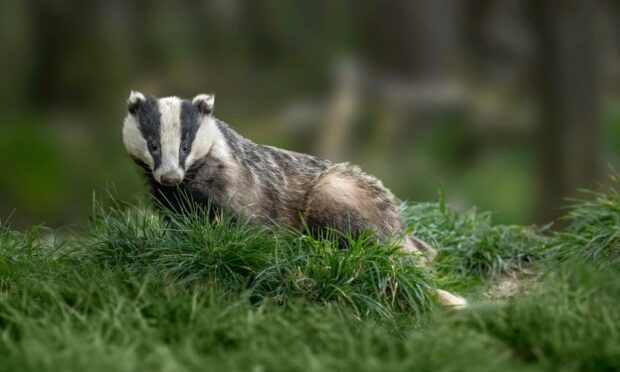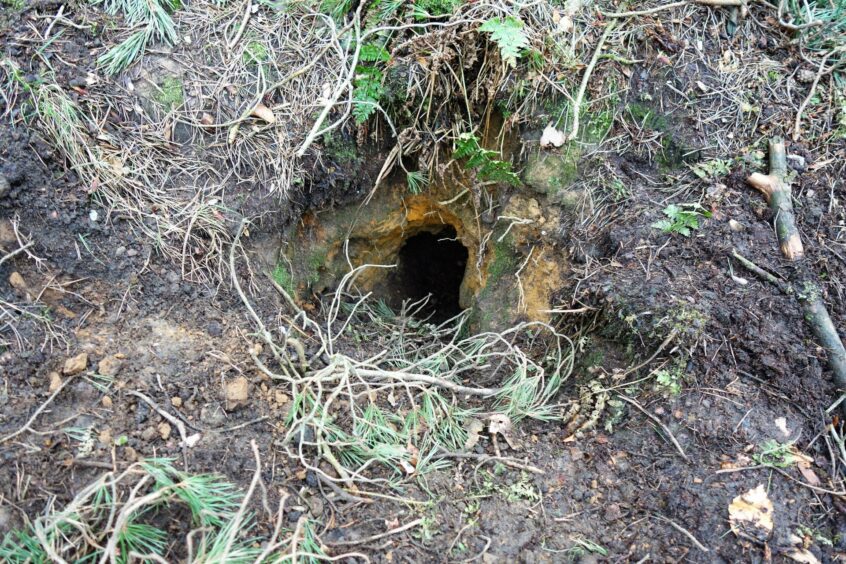A wild animal that uses a toilet? Surely not, but yes, that is exactly what badgers do, digging little pits or latrines to deposit their dung.
I found several such latrines when checking out my local badger setts recently, which are typically located several yards away from the entrance holes of their underground homes, presumably for hygiene reasons.
One large sett situated on wooded slope had a particularly large area devoted to latrines, which pock-marked the ground in a random scattering of bowl-like depressions.
Toilet training in spring
Latrines around a sett seem to be most used in late winter and spring, which suggests they are mainly used by female badgers and their cubs.
Other latrines can be found considerable distances away, and which may serve as territorial markers.
I enjoy the process of touring my setts and get excited at the thought that cubs may be lying just beneath my feet.
On one memorable occasion a couple of summers ago, I was busily securing a trail camera to the trunk of a tree when a cub suddenly emerged from an exit hole only a few yards away from me in broad daylight.
I couldn’t believe my eyes and can only deduce the cub had heard me scratching around and decided to come and investigate the source of the noise.
Perhaps it thought the disturbance was being caused by other playing cubs and it was looking to join in the fun, or was it simply curious?
Whatever the case, this young badger looked at me inquisitively for a few seconds, its nose twitching, before casually descending back underground.
Setts are home sweet home
Badgers are very faithful to their setts, which can’t be said of foxes and their dens.
If I know a den is occupied by a vixen and cubs, then I am extremely cautious and will never approach too close, for the mother is skittish and if she senses the den location has been compromised, will quickly abandon it and move her cubs elsewhere.
David Stephen, the distinguished 20th Century naturalist, wrote: “Badgers don’t desert established setts readily. The fox will do so quickly, on the spur of the moment, if she finds human or dog scent near the den, if she’s threatened, or if she simply takes the notion.”
A few years ago, one of my trail cameras caught a vixen in the process of moving her cubs from her den, after it had attracted the attention of wandering dogs from a nearby woodland path.
Very protective mothers
At the dead of night, she descended into the den tunnel to gently grab a dark-furred tiny cub in her mouth, before carrying it away to a new location.
She did this five times, until all the cubs had been safely moved.
The vixen is an incredibly protective mother and when approaching her den with food in her mouth, she will carefully sniff the air to ensure there is no danger.
She is the epitome of mother nature, using her intelligence and guile to ensure her precious young have every chance of surviving into adulthood.












